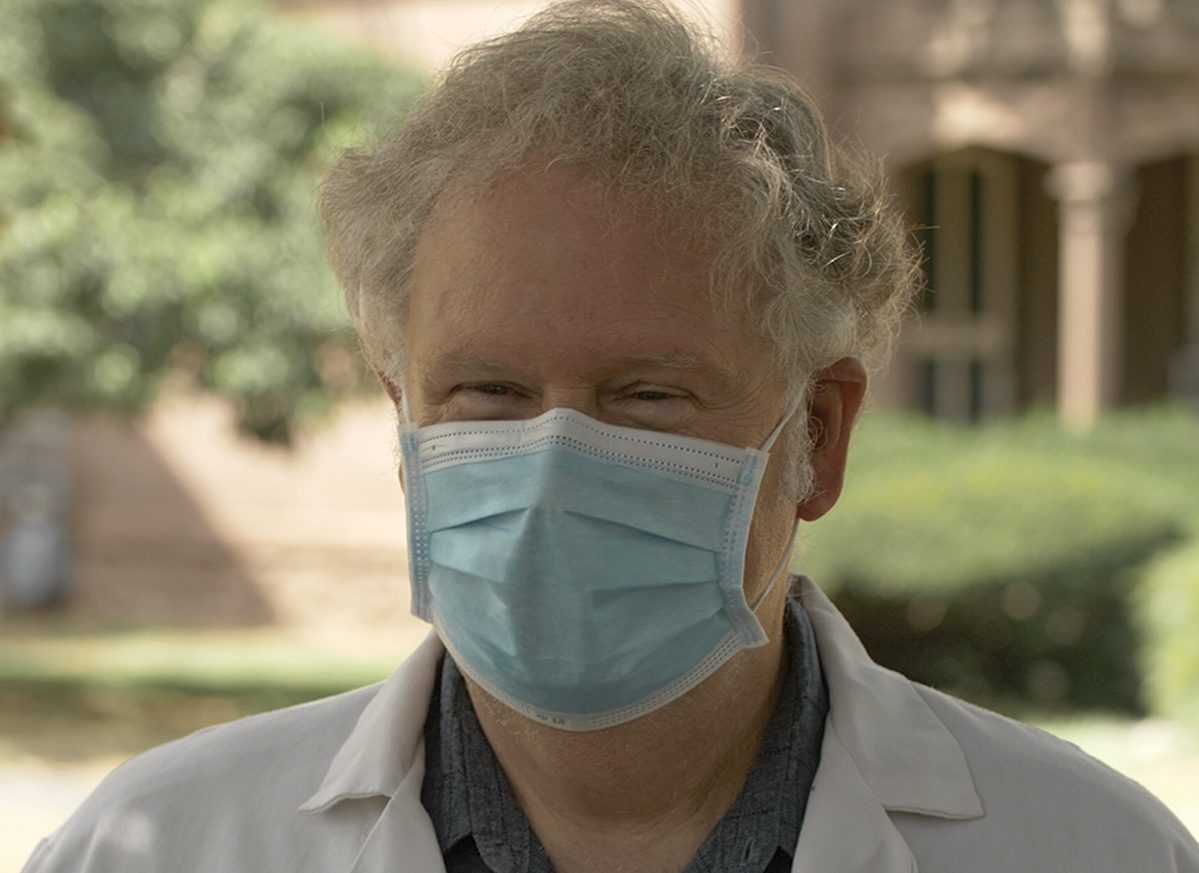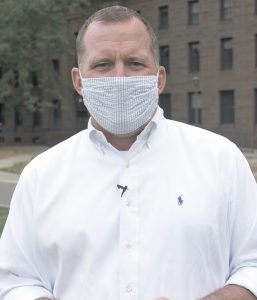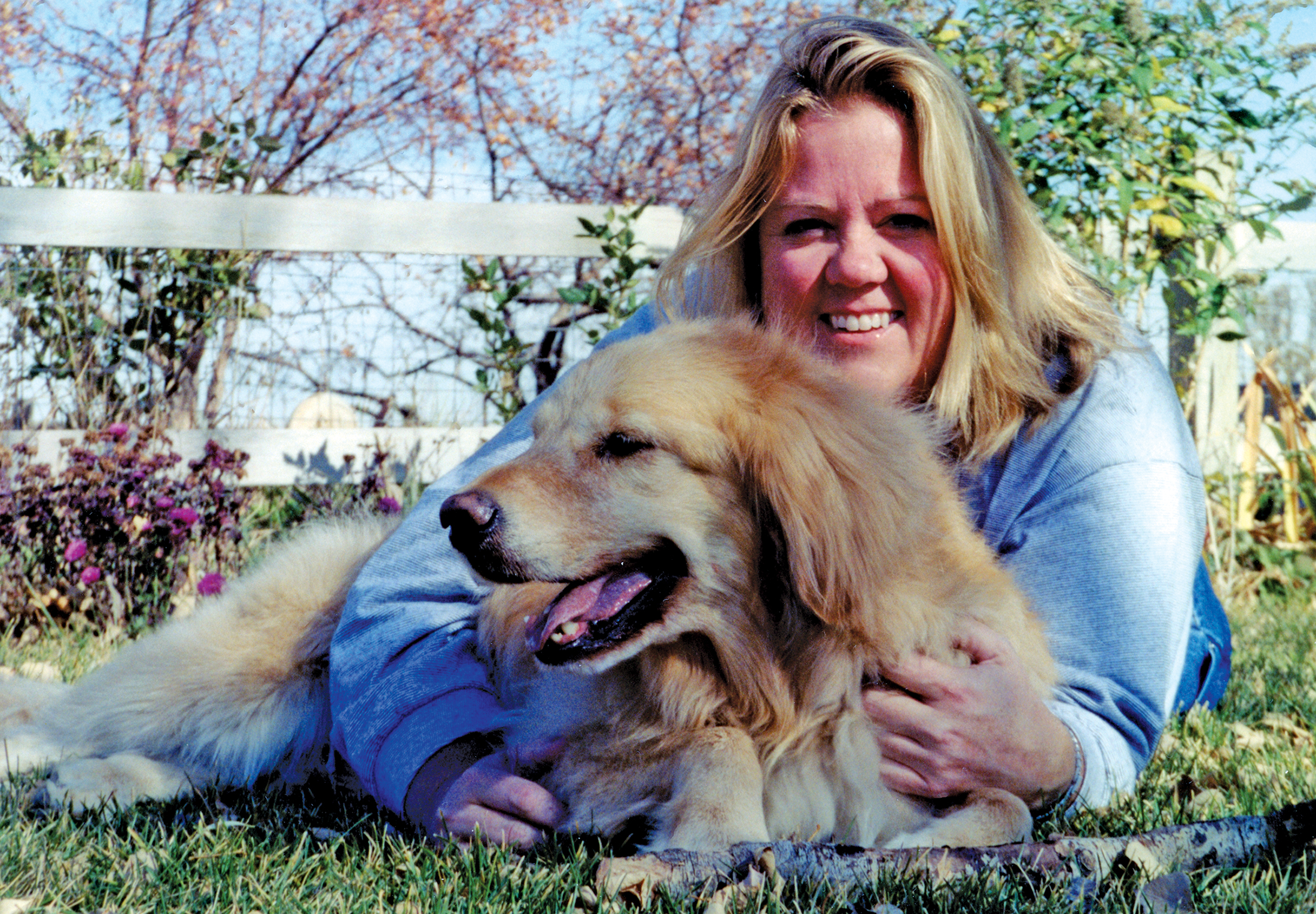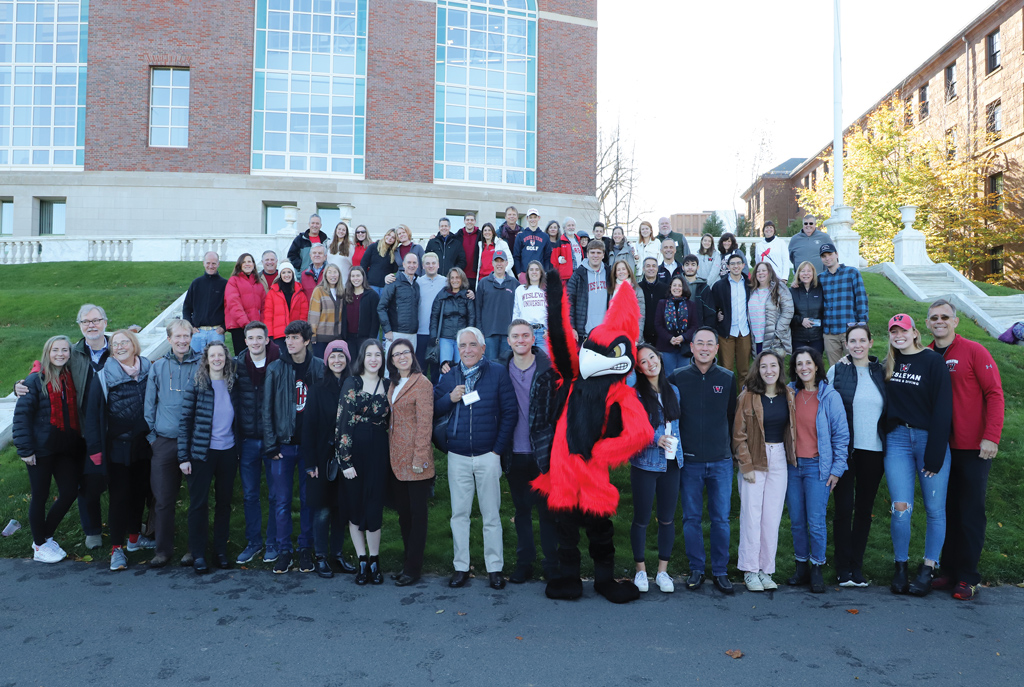Unknown Territory

Wesleyan’s Pandemic Planning Committee has played a critical role in helping the University welcome its community safely back to campus.
For Wesleyan’s medical director Dr. Thomas McLarney—known widely around campus as Dr. Tom—navigating the COVID-19 pandemic has been one of the most colossal challenges of his career.
“We’re dealing with a virus we have very little knowledge about,” he said. “I think of it as being asked to take part in an activity that no one else had ever done before, without a manual or rule book. What was true yesterday is no longer true today, and what is true today may be wrong tomorrow.”
As a member of Wesleyan’s newly formed Pandemic Planning Committee, McLarney and 14 fellow staff and faculty have recalibrated their day-to-day jobs at Wes toward a single communal goal: to return to in-person learning and maintain a safe environment.

Spearheaded by Associate Vice President and Dean of Students Rick Culliton, the Pandemic Planning Committee crafted and led the implementation of the successful Reactivating Campus plan launched this past August. That plan included a variety of important safety measures: mandatory two-week quarantine for incoming students (which proved to be a critical factor in limiting the community’s exposure); weekly testing for all students, faculty, and staff; restructuring facilities and class schedules to ensure six feet of space between desks and workstations; providing weekly health communication updates; overhauling meal services to ensure proper distancing and to-go options; and much more.
“The past seven months have been a time of intense work in a changing world,” Culliton said. “The additional responsibility of leading the pandemic planning effort for Wesleyan has been both challenging and humbling. Staff from departments all around the University have stepped up to find solutions to problems we couldn’t have imagined a year ago—cleaning, quarantining, isolating, supporting, testing, and contact tracing. While none of us is an expert in all of these areas, we have worked with well over 100 staff and faculty on campus, as well as experts from off campus, to put Wesleyan in the best position to succeed this fall.”
Prior to the COVID-19 pandemic, McLarney had focused his day-to-day activities on direct patient care and managing Davison Health Center operations. McLarney’s role today is focused on developing formal communications, hosting University webinars, overseeing COVID-19 tests, keeping up-to-date on COVID-19 medical information, and addressing questions from parents, students, faculty, and staff.
“I will answer each email individually, as I feel every question and comment is important,” he said.

As the vice president for student affairs, Mike Whaley’s primary objective is to ensure the well-being of Wesleyan students. When the pandemic struck last March, Whaley immediately narrowed his focus to helping students feel safe on campus.
“We knew from the start that we needed to do all we could to create a safe environment for students, faculty, and staff,” he said. “But the success of our efforts would rely on the extent to which everyone followed the COVID safety measures that we developed. With occasional exceptions here and there, everyone has been doing their part to keep themselves and other members of our community safe.”
The result is very low COVID positivity rates on campus.
“Cognizant that this could change at any moment, it is critical for all of us to remain vigilant,” Whaley said. “COVID underscores our interdependence.”
Whaley commends the Pandemic Planning Committee for collaborating closely on everything from overarching strategy to the smallest details.
“Every single person on the team has contributed significantly to managing the crisis and making a safe reopening possible,” Whaley said. “Rick and Tom in particular have been working incredibly long hours leading the team’s efforts—they have both shown incredible dedication and positivity in the face of the myriad challenges.”
While Whaley devotes much of his time to the planning committee, he continues to work one-on-one with students. Over the summer, he developed campus safety guidelines with the input and leadership of the Wesleyan Student Assembly’s Anna Nguyen ’22 and Felicia Soderberg ’21. They created an outdoor programming venue for students on Foss Hill. He’s also been especially mindful of the needs of low-income students since Wesleyan went remote last March.
“The pandemic impacts different communities disproportionately and I wanted to make sure that all of our students have as much support (financial and otherwise) as we can reasonably provide,” he said. “I think that we’ve learned some things along the way that will help us to better support all our students in the future. It has been months of territory that we have never had to navigate before, each day filled with unexpected challenges and often more new questions than answers. One of the things that has kept me going through it all has been the goal of reactivating our campus. I found myself quite emotional when students began returning to campus in August—them being back in this place that we all believe in and love so much made all the work worthwhile.”
Although Wesleyan’s COVID-19 cases have remained low through the fall semester, McLarney takes each case seriously. If a test returns with positive results, he contacts the student immediately to discuss the process of isolation and quarantine, identifies any people the student has been in contact with, and makes daily connections with the student until isolation or quarantine expires. He also extends his efforts to the local community, meeting with NESCAC medical providers, the Connecticut Department of Health, Middletown officials, and staff from local hospitals.
“I’m grateful to Dr. McLarney and the rest of the Health Services team for the care they provide to all of the students at Wesleyan. Tom has worked non-stop since March, day and night, to stay abreast of medical guidance and evolving research, answering individual questions of students and serving as Wesleyan’s public health expert,” Culliton said. “While we don’t know what the weeks and months ahead have in store for us, I am grateful to the pandemic planning team and many other staff, faculty, and students for ways they will work with us to help us navigate those challenges.”
Whaley recalls a recent talk by Wesleyan President Michael Roth ’78, when Roth noted that the Wesleyan community, and especially its great students, has repeatedly risen to meet challenges of all sorts.
“He wanted us to do our very best to provide a platform that gives the best opportunity for our community to meet this particular challenge. It has been great to witness just that!”
Top photo: Medical Director Tom McLarney, MD.



